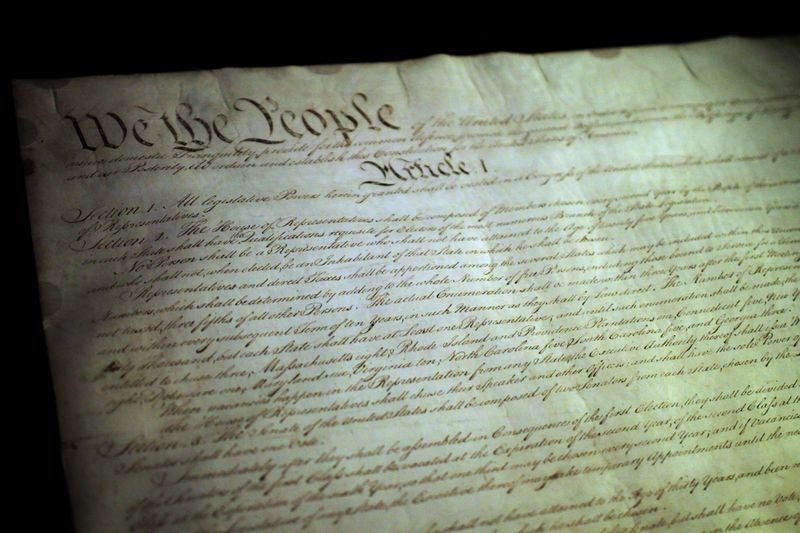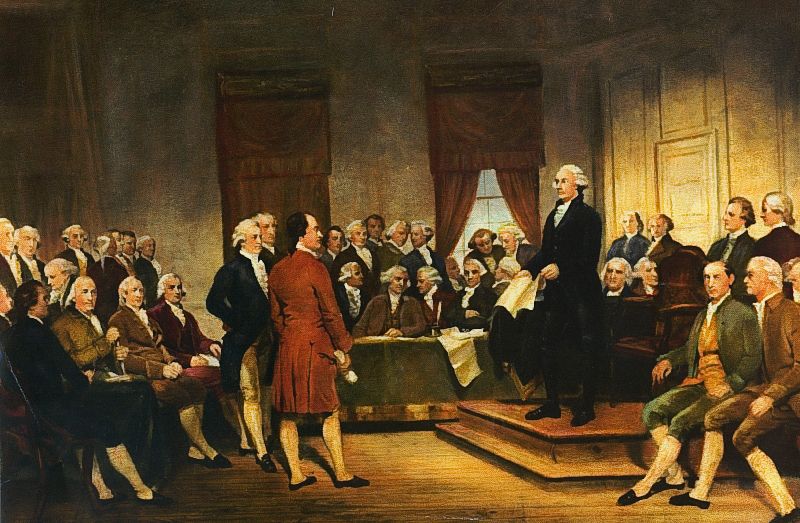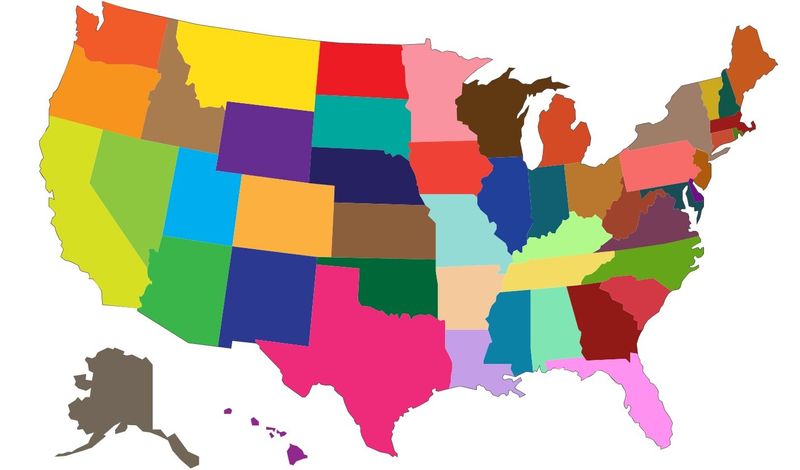
This logo isn't an ad or affiliate link. It's an organization that shares in our mission, and empowered the authors to share their insights in Byte form.
Rumie vets Bytes for compliance with our
Standards.
The organization is responsible for the completeness and reliability of the content.
Learn more
about how Rumie works with partners.
The Electoral College was established in the U.S. Constitution. It's a formal body which elects the President and Vice President of the United States.
The number of seats in congress (Representatives and Senators) held by each state is the number of electors which the state has in the Electoral College.
Did you know?
History Of The Electoral College
One of the issues debated by delegates at the 1787 Constitutional Convention was how to elect the president.
At this time, there was no other country in the world that directly elected its chief executive. Additionally, the U.S. had recently gained independence from a tyrannical king. Thus, there was generally a deep distrust of executive power.
Some argued that Congress should pick the president, while others insisted on a democratic popular vote.
Arguments against citizens electing the president by a straight popular vote
Did you know?
How The Electoral College Works
Quiz
Suppose Arizona has 10 Electoral College votes and 60% of the population votes for candidate A, and 40% votes for candidate B. How many of Arizona's electoral votes will go to candidate A?
For all states except Maine and Nebraska, it is a winner-takes-all system. Thus, the candidate who wins the popular vote for that state will receive ALL electoral votes for that state, regardless of the margin of victory.
Did you know?
This Byte has been authored by
Tressa Thompson
Graduate Student in International Education at New York University


 Image from
Image from